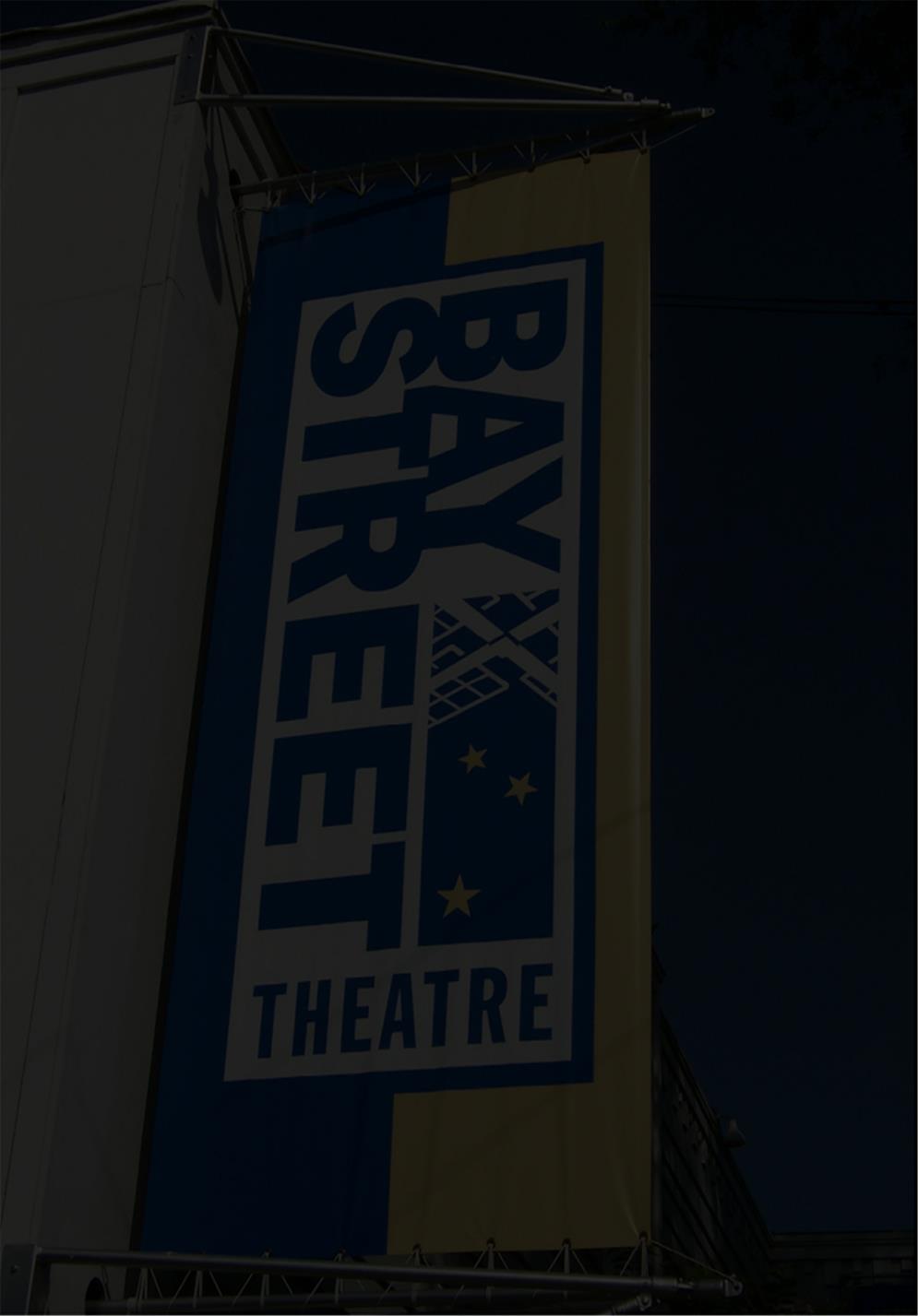

 | ||||
Babes on the Beach: “Dames” Delivers Razzle Dazzle
Posted on 20 August 2009
By Marianna Levine
Anyone who’s been near a theater has heard the clarion call of “the show must go on”, and Bay Street Theater’s “Dames at Sea” takes that call and answers it with a giddy, fast-paced production. Think of “Dames” as a grand Broadway musical condensed into a whimsically diminutive celebration of stage and screen.
“Dames at Sea” is fundamentally about a small town girl from Utah who arrives in New York City with “nothing but tap shoes in her suitcase and a prayer in her heart.” It essentially follows her on a madcap day that catapults her from a sweet nobody to a starring role. The show does deliver all the razzle-dazzle it promised, and is so packed with song and dance that the dialogue is often just a transition between musical numbers. However when there is dialogue it is often intelligent and funny.
The most surprising thing about “Dames at Sea” is that although it is ostensibly an homage to the Busby Berkeley films of the 1930s, it more often than not references the musical films of the 50s and early 60s. Which makes a lot of sense when you consider the show was first produced in the mid-1960s. For example, both the romantic and comedic male leads are sailors on leave in New York City, and one cannot help but think of “On the Town.” Gene Kelly comes to mind especially when the romantic lead, played by Xavier Cano, dances.
The second act of “Dames” includes two musical numbers that make very direct references to “Singing in the Rain” and “Sound of Music.” In one number called “Raining in My Heart” the cast elaborately dances in rain coats and umbrellas and in “The Echo Waltz” they yodel in lederhosen. The fact that a cast of six can carry this show off successfully, while always allowing the audience to be in on the joke, is pretty amazing.
Perhaps one of the highlights of the show is watching young Kirsten Martin play the ingénue, Ruby so convincingly. Among actors it’s a well-known fact that playing a straight romantic lead is often much harder than a broad comic role. You have to make the audience believe in and like, a sweetly naïve often too-good-to-be-true character. A challenging task if ever there was one, and Martin deftly succeeds in playing Ruby completely straight. It certainly helps that Martin has a lovely voice and gamely dances through every dance style, the choreographer, Shea Sullivan throws at her.
Cano and Martin’s romantic pairing contrasts nicely with the show’s other couple played by Joyce Chittick and Patrick Wetzel. Chittick, who was also in Bay Street Theater’s “The Boyfriend” and Wetzel tap-dance their hearts out in the upbeat number “Choo-Choo Honeymoon.” Their energy and comic timing really moves the show along.
“Dames” two other performers, Laurie Wells as the show’s diva, Mona and Stuart Marland, who plays both campy stage manager Hennesey and a stick-straight Navy captain, have the daunting task of being the established, authority figures of the staging. From the beginning one knows that Mona will be replaced by young Ruby in the “big show” and that The Captain will be convinced to let the show go on, albeit on his ship. However both actors bring a cheeky professionalism to their performances that give their stock characters some pizzazz. In particular, Wells brings a certain gravitas to her singing of the Billy Hollidayesque, “That Mister Man of Mine.” Although it is an over-the-top, exaggerated, lady-sings-the-blues type of song, Wells belts it out with real feeling and tears in her eyes. For a brief moment the play’s zaniness gives way to the weary sorrow of an aging hoofer. The number’s musical beauty and subdued lighting is a nice respite in an often consciously hectic musical.
Wells and Marland’s comically suggestive performance of “Beguine,” an obvious musical reference to Cole Porter, is also fun to watch.
However it is the lighting and the music that really gives “Dames at Sea” the feel of a big Broadway production. While the stage is certainly almost magically transformed into both a Broadway theater and a naval battleship, it is the lighting designed by Charlie Morrison, which actually helps frame the illusion. Morrison’s stage lighting smoothly shifts from dramatic spotlights to glimmering sparkles and rosy hued nightclub seediness as quickly as the actors can change into their numerous costumes.
The Rick Hip-Flores led orchestra is made up of only three musicians, a pianist, a percussionist, and violinist, who are all cleverly incorporated into the stage set, and yet the music definitely fills the stage. “Dames at Sea” may not have any famous show stopping numbers, but the referencing of so many different songs from other Broadway shows or musical films gives a cheery familiarity to the show’s score.
In the end, “Dames at Sea” makes an ideal family break from the Hamptons’ sea and surf. The kids will love all the singing and dancing, and the adults will get a kick out of all the theatrical referencing and more adult innuendo.